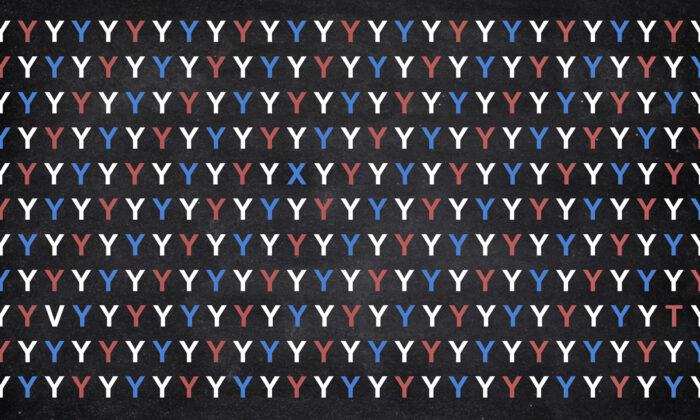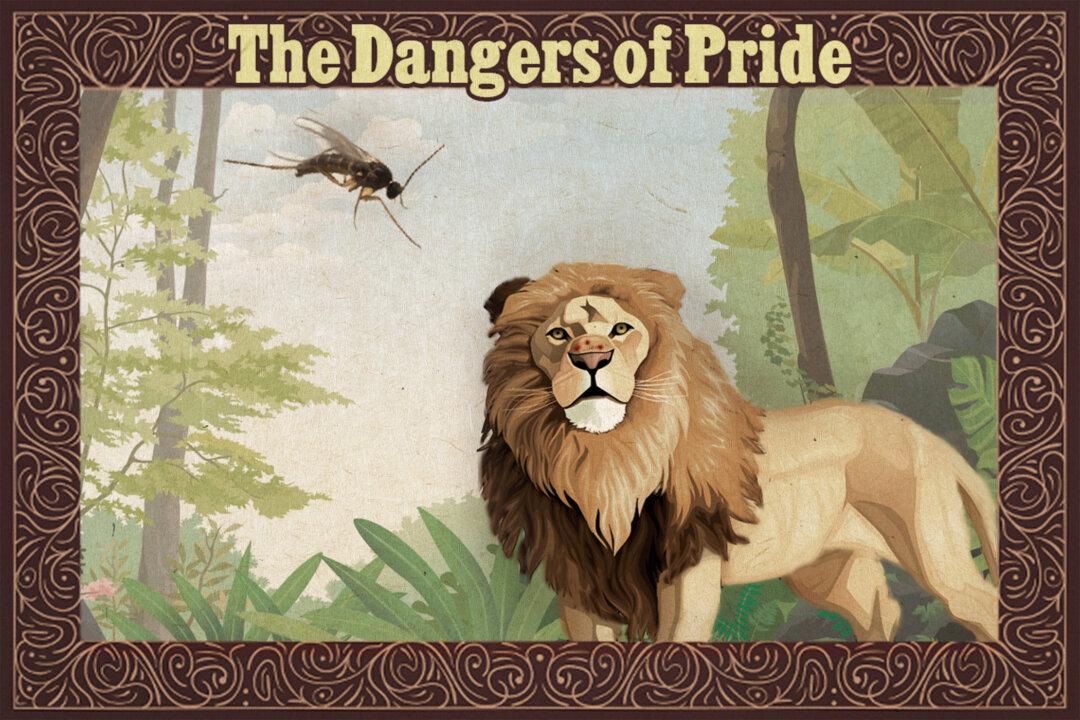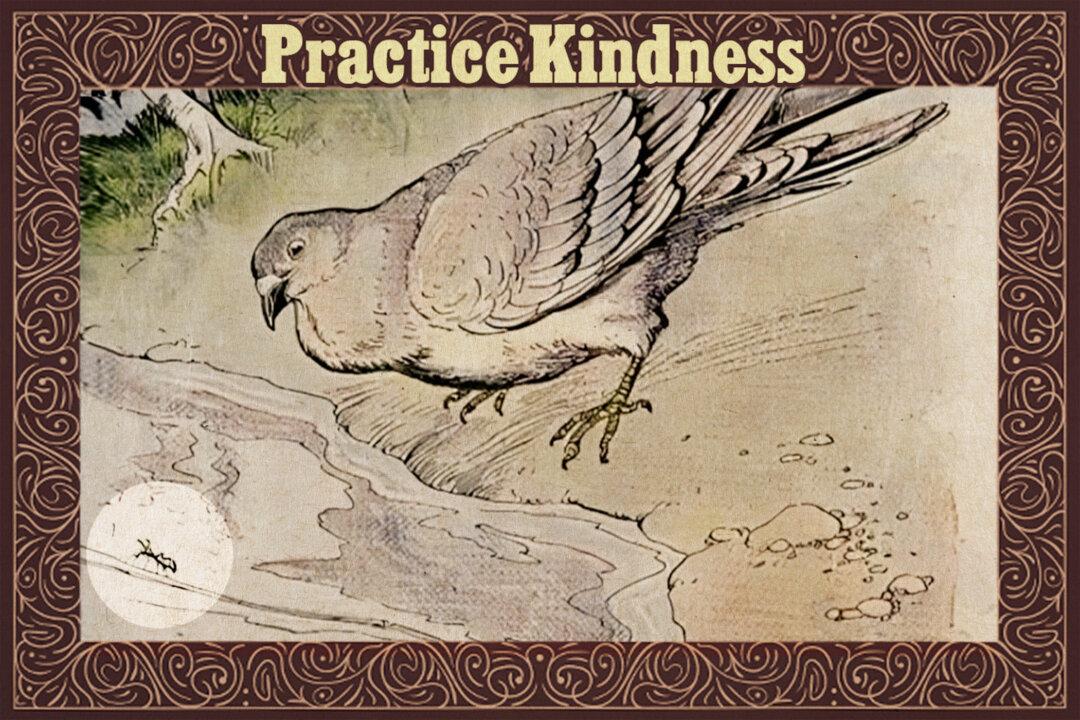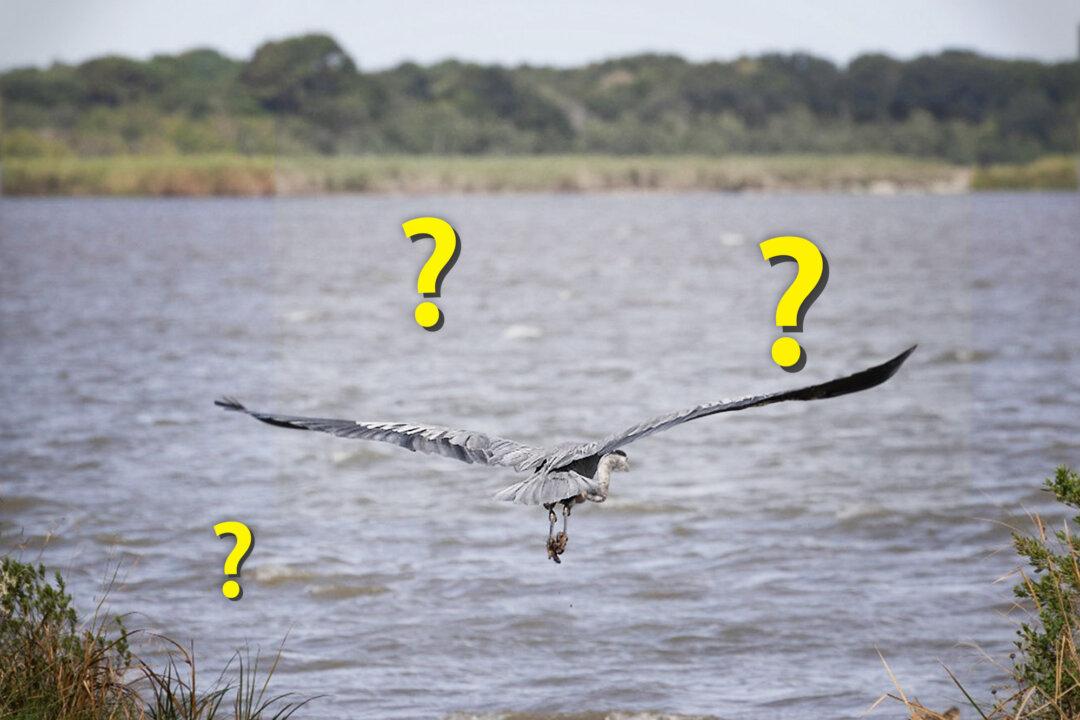The illustration below shows a sea of letters in an array of different colors, and all of the letters seem the same—the letter Y repeated row after row—but are they all really the same? Hidden in the endless field of Ys, there is an odd letter, or perhaps more than one odd letter. Can you find it/them?
Take a moment to find all the letters. If you found just one or two, are you sure you found them all? When you think you have found all of them, or if you are completely hopeless, scroll down to see the locations of the odd ones out.
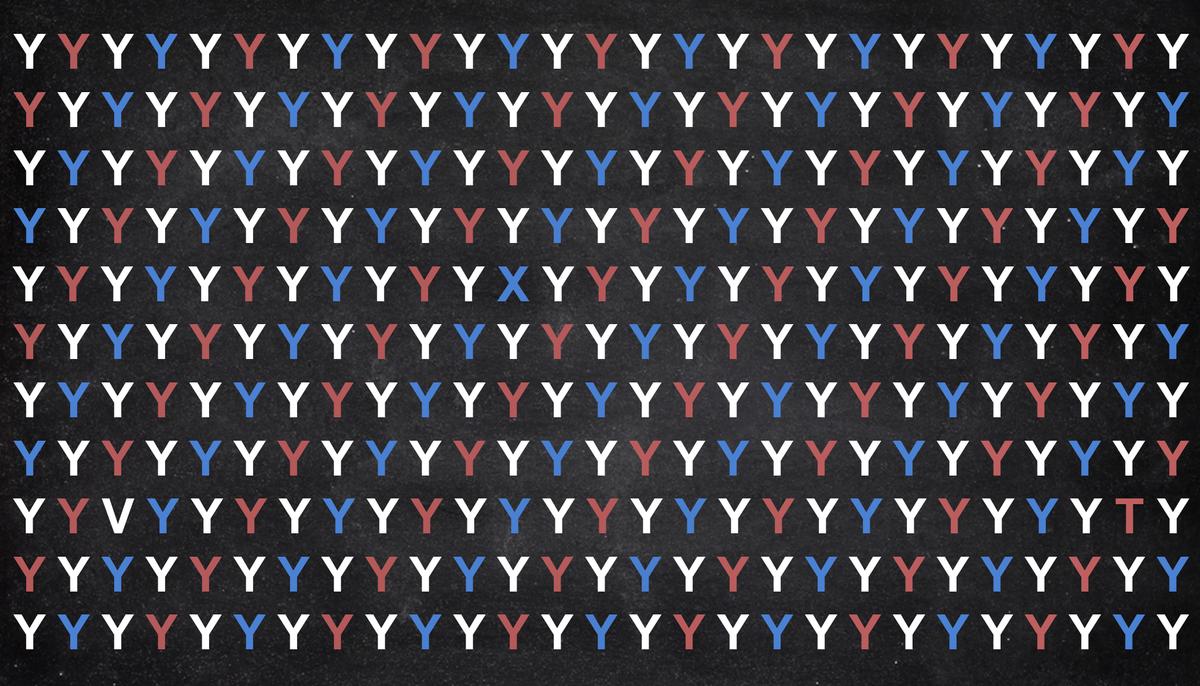
Here’s a helpful hint: While you could scroll through the letters row by row, you could also try scrolling diagonally following the strips of color, which might help you tackle the challenge more systematically if you find the color coding distracting.
The odd letters hidden among the rainbow-colored sea of Ys all bear some resemblance of the alphabet’s second-last letter, adding to the challenge.
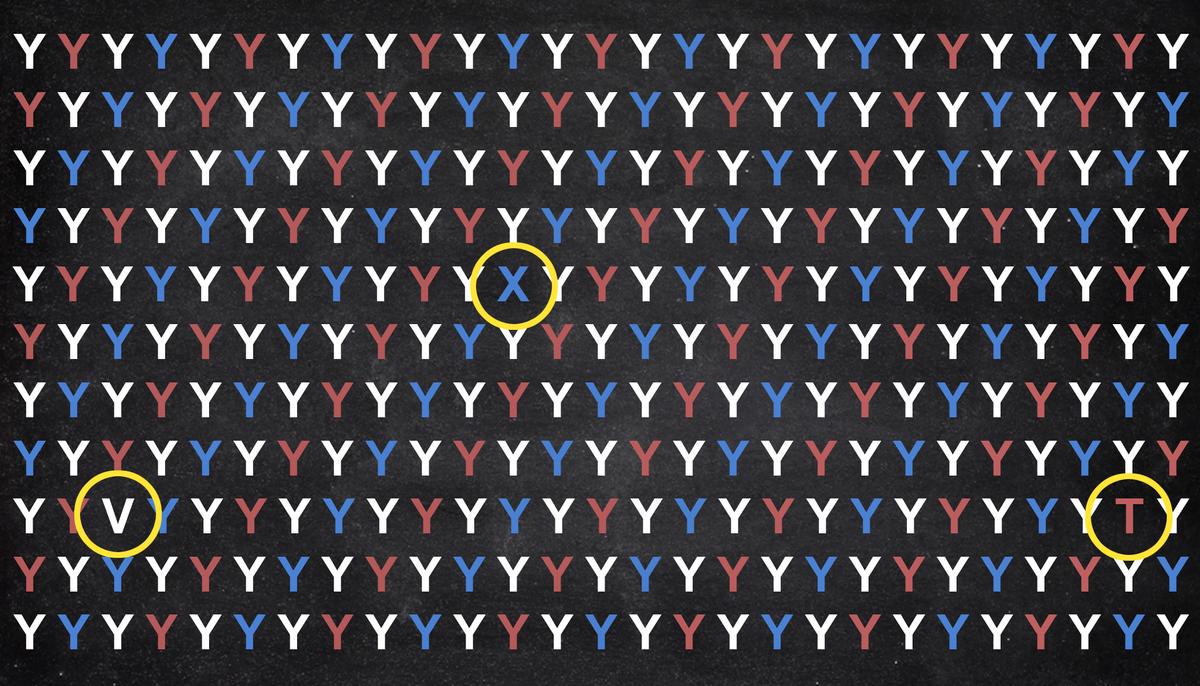
How did you fare on this challenging visual puzzle? Did you feel your neurons firing up? With this simple activity, you have helped counter a natural decline in “diffusion anisotropy”; that is, you are quite literally keeping your brain juices flowing, which aging, disease, and injury inhibit. The more mentally active you are, the more easily water can move through the brain tissue.
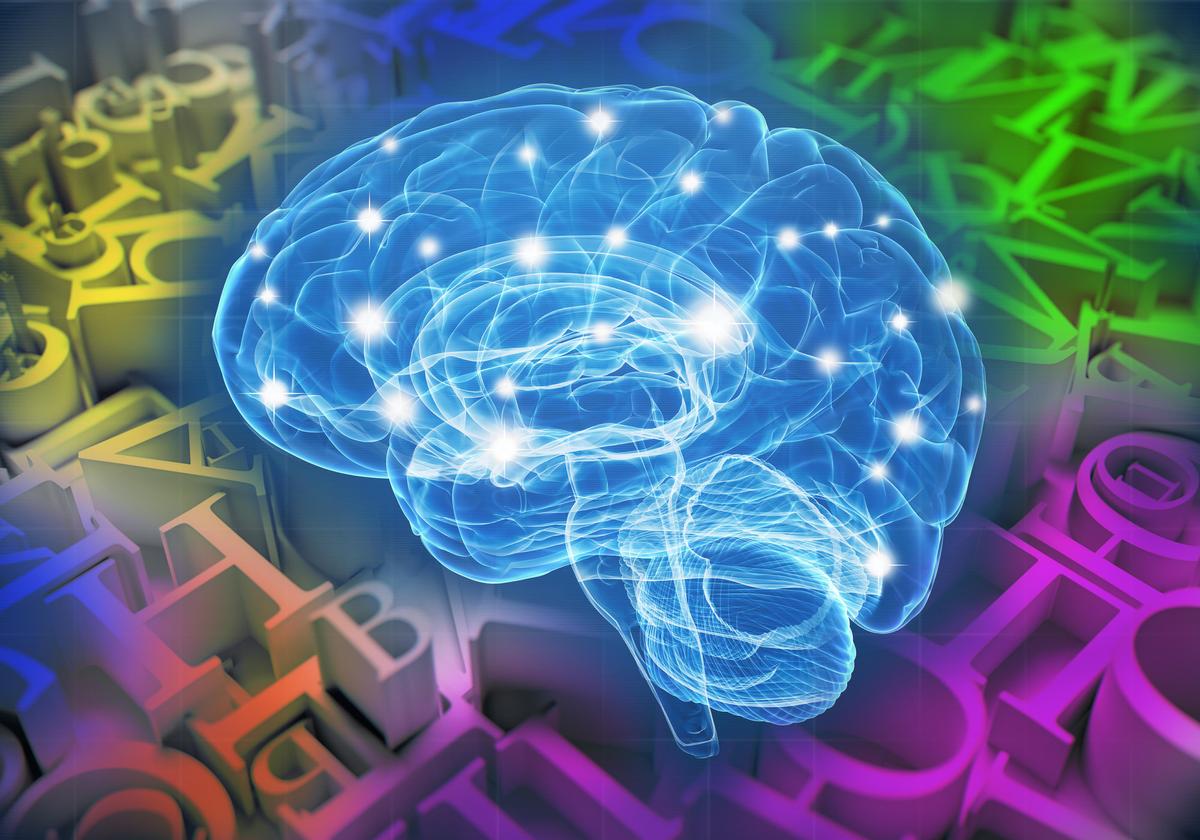
Share this puzzle with a friend as a favor and let them know that visual puzzles such as this are more than just fun distractions; they’re good for brain health as well!

